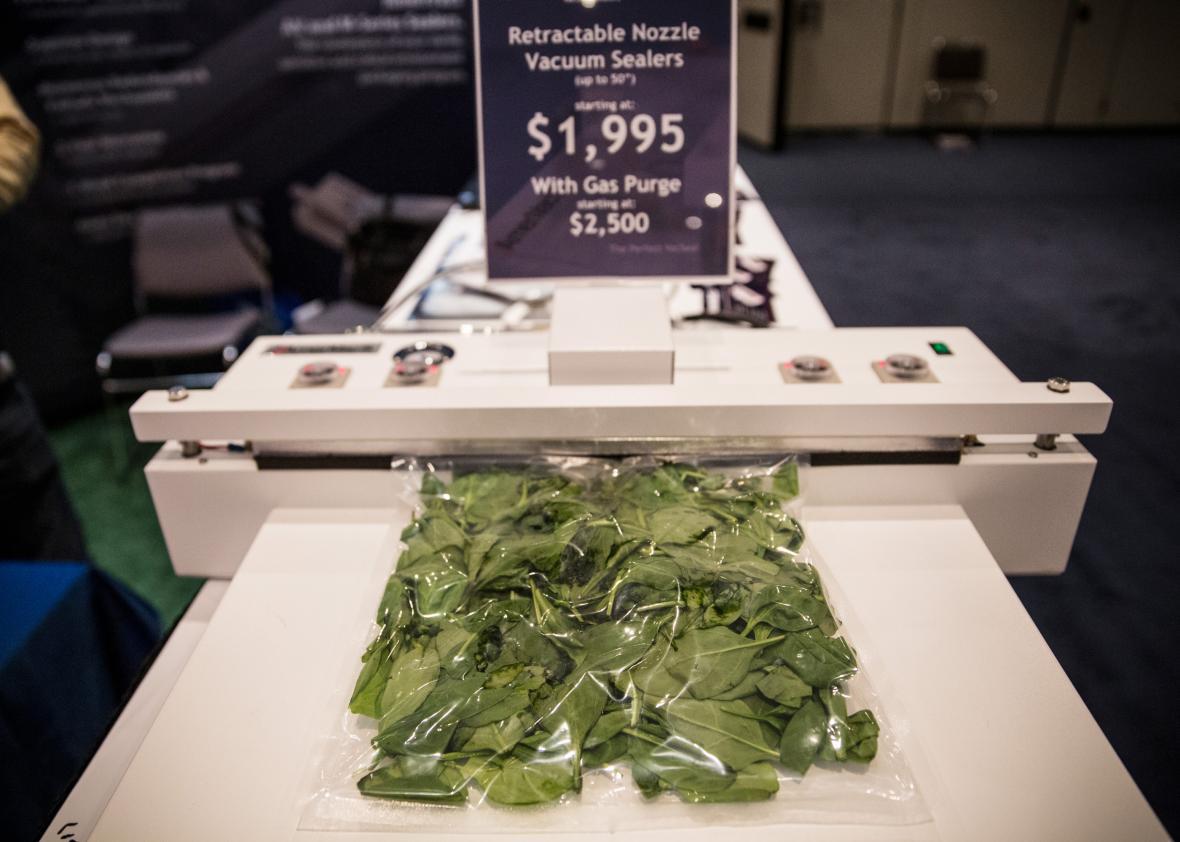This post originally appeared in Inc.
Upon entering Dixie Elixirs’ headquarters in Denver, you’re greeted by a big sign that reads: “The Future of Cannabis.” Since its 2009 founding, Dixie has updated its image from a “pot soda” company to a gourmet THC edibles manufacturer whose carbonated drinks and snacks, containing ingredients like pepita and sea salt, look like they could be found on a shelf at Whole Foods. It’s just one example of how marijuana businesses are rebranding the plant to distance pot from its hippie-stoner-outlaw culture and show off its appeal to a health-conscious, kale chip–eating crowd.
In April, during High Times’ Cannabis Cup in Denver, Pete Williams, co-founder of cultivation center and dispensary Medicine Man, said the companies that will ultimately find success are those that develop a branding strategy that appeals to the mass market. “The game is about demographics, he said. “We need to make cannabis less looking-over-your-shoulder and more soccer mom.”
Recent industry events such as the Marijuana Investor Summit in Denver and the Cannabis World Congress Business Expo in New York City showcased businesses aimed at maximizing the medicinal value of weed. New York City–based Potbotics is marketing the Brainbot, a helmet that reads patients’ brain waves and gives a cannabis recommendation tailored to their specific ailments. Genifer Murray, co-founder of marijuana testing company CannLabs, says that five years ago no one thought testing weed was important. Now companies have started to put dietary information right on their packaging. “This is how we’re going to legitimize the industry,” she says. “We need to get rid of these images of Bob Marley and tie dye—no offense to Bob Marley—and smoking blunts.”
Still, changing the view of the product that has been ingrained over decades remains a work in progress. “You see a lot of poorly engineered branding strategies being employed,” Steve Angelo, founder of marketing company Cannabranders, tells DigiDay. “As this plays out over the next few years, branding will make or break these companies.”
During the BevNet conference in New York City last month, Dixie Elixirs CEO Tripp Keber detailed how vital branding and packaging has been to the company’s fortunes. During the early days of legalization in Colorado, packaging standards didn’t exist. But after a college student ate a pot brownie (not a Dixie product) and committed suicide, a new law was passed forcing companies to lower THC content in single servings and make their packaging childproof and resealable. For Dixie, that meant pulling its line of sodas off the market, costing the company $300,000.
Dixie replaced its glass bottles with brush-aluminum bottles with a resealable and childproof cap that doubles as a single-dose cup. Now novice pot consumers can buy a bottle of the soda, which has 90 milligrams of THC, and measure a single dose of 10 milligrams. This small move fostered consumer trust in Dixie—instead of drinking the whole bottle and being zonked, they can use it responsibly and enjoy the buzz, Keber says. “A lot of the other brands were looking to set the maximum amount of THC in each of their products, but we decided to set the minimum,” he says. “When I go out, I don’t put a bottle of Jack Daniel’s on the table and try to consume it all at one time.”
Ultimately, says investor Leslie Bocskor, marijuana will follow a pattern similar to that in the tech industry. Computers used to be used mainly by scientists, giving rise to an intense culture surrounding them, but that changed as adoption increased. “The industry will evolve and stoner culture will be less and less prevalent,” Bocskor said at the Marijuana Investor Summit. “Eventually, we won’t think of Cheech and Chong when we think about cannabis, just like we don’t think about geek culture when we think about Amazon.”
